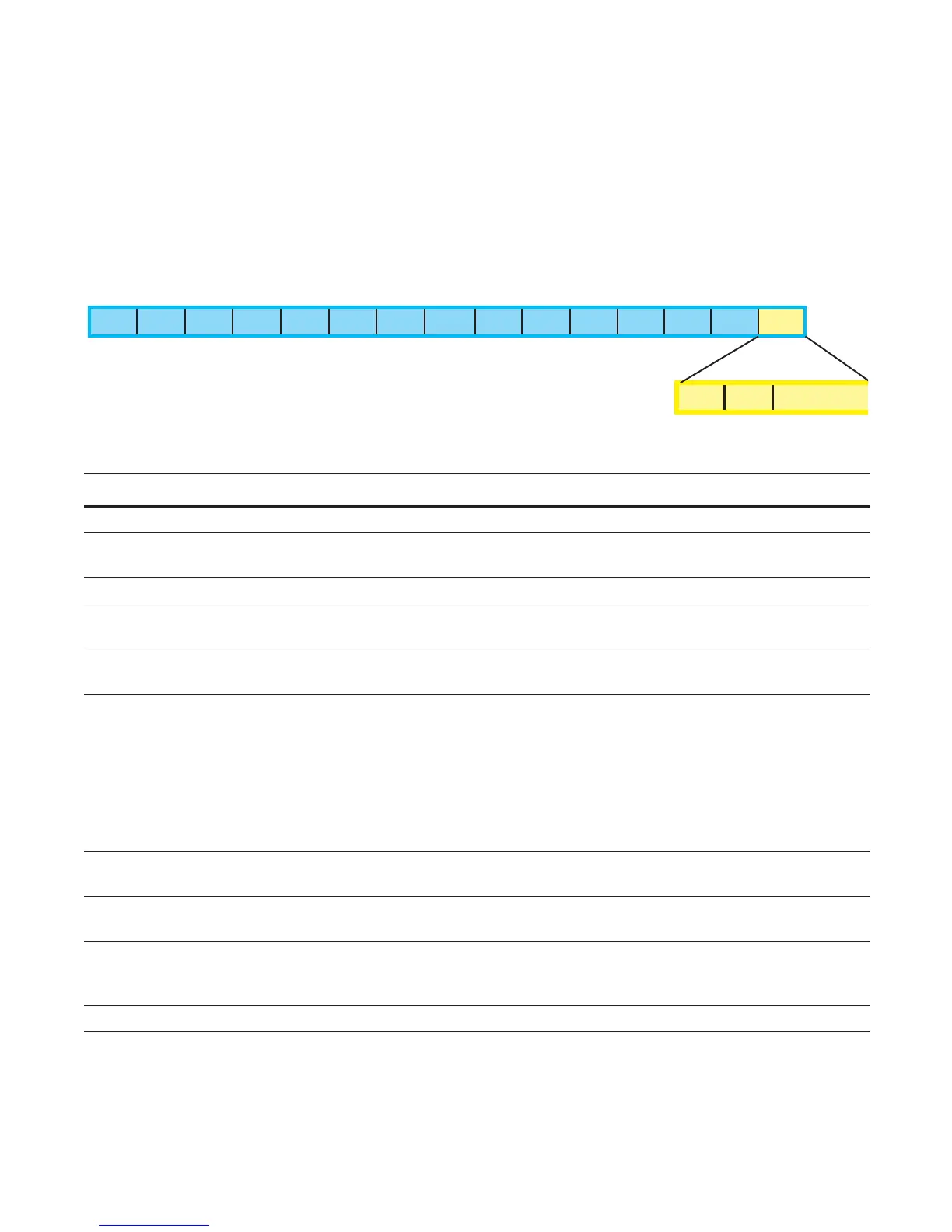378 | Dynamic Host Configuration Protocol (DHCP)
www.dell.com | support.dell.com
DHCP Packet Format and Options
DHCP uses UDP as its transport protocol. The server listens on port 67 and transmits to port 68; the client
listens on port 68 and dhcp snoopingtransmits to port 67. The configuration parameters are carried as
options in the DHCP packet in Type, Length, Value (TLV) format; many options are specified in RFC
2132. To limit the number of parameters that servers must provide, hosts specify the parameters that they
require, and the server sends only those; some common options are given in Table 15-1.
Figure 15-1. DHCP Packet Format
Table 15-1. Common DHCP Options
Option Code Description
Subnet Mask 1 Specifies the client’s subnet mask.
Router 3 Specifies the router IP addresses that may serve as the client’s default
gateway.
Domain Name Server 6 Specifies the DNS servers that are available to the client.
Domain Name 15 Specifies the domain name that clients should use when resolving hostnames
via DNS.
IP Address Lease Time 51 Specifies the amount of time that the client is allowed to use an assigned IP
address.
DHCP Message Type 53 1: DHCPDISCOVER
2: DHCPOFFER
3: DHCPREQUEST
4: DHCPDECLINE
5: DHCPACK
6: DHCPNACK
7: DHCPRELEASE
8: DHCPINFORM
Parameter Request List 55 Clients use this option to tell the server which parameters it requires. It is a
series of octets where each octet is DHCP option code.
Renewal Time 58 Specifies the amount of time after the IP address is granted that the client
attempts to renew its lease with the original server.
Rebinding Time 59 Specifies the amount of time after the IP address is granted that the client
attempts to renew its lease with any server, if the original server does not
respond.
End 255 Signals the last option in the DHCP packet.
op
htype
hlen
hops
xid
secs
yiaddr
siaddr
flags
ciaddr
giaddr
chaddr sname
options
file
Code
Length
Value

